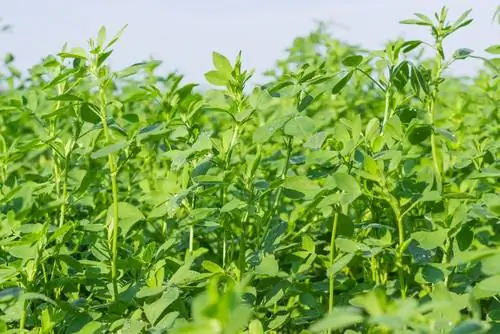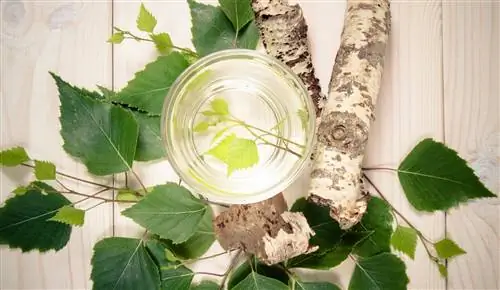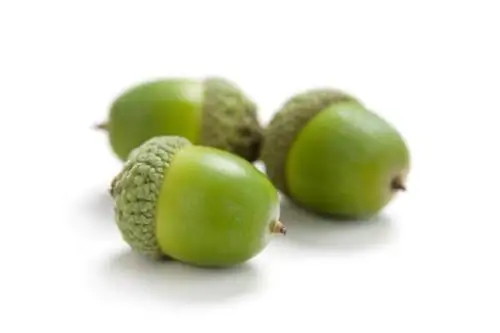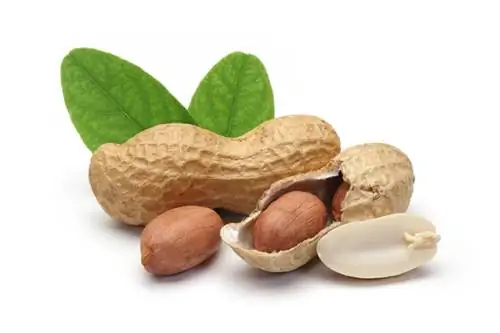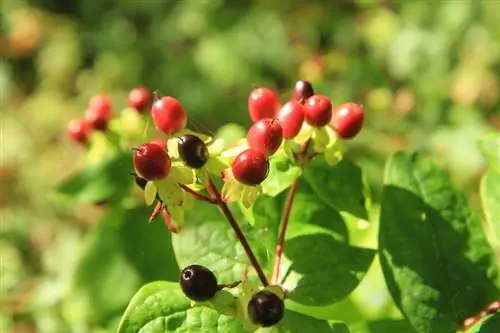- Author admin [email protected].
- Public 2023-12-16 16:46.
- Last modified 2025-01-23 11:21.
Alfalfa can be sown from spring to late summer. The number of warm days ahead determines growth and harvest maturity. What we intend to sow also determines the time and type of harvest.
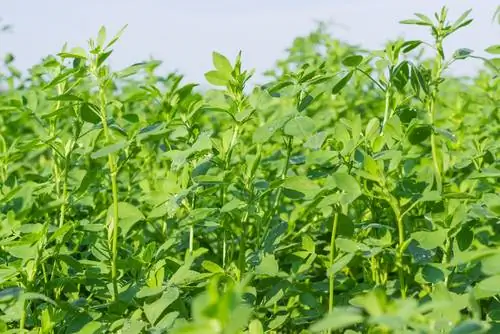
How to harvest alfalfa correctly?
Alfalfa can be harvested as fodder or hay, cooking ingredient, seeds or green manure. Cut the plants at a height of approx.80 cm for animal feed, harvest young leaves and flowers for consumption, collect dry seed pods for alfalfa sprouts or work them into the soil as green manure.
Different types of harvesting
Alfalfa is grown in the home garden for different reasons. They can enrich our meals, are ideal feed for animals and of course their nitrogen content makes them interesting as green manure. Depending on usage, you can harvest alfalfa as follows:
- cut off green plant parts regularly
- Harvesting seeds
- Working plants into the soil
Harvests as fodder or hay
After cultivation, alfalfa can be mown up to four times a year. Always when they have reached a height of approx. 80 cm. The greens are then dried as hay or fed to animals immediately.
If you sow early in March, you can harvest the first greens as early as May. If alfalfa is to grow perennial, it must bloom at least once a year.
Harvests as a cooking ingredient
If you want to enrich your salad or other dishes with alfalfa leaves, you can harvest young leaves as needed. They are more tender and milder than older specimens. Flowers are suitable for making tea.
Harvesting the seeds
When the seed pods have become dry and brown, the seeds can be harvested. They can be saved as seeds for the following year. He althy alfalfa sprouts can also be grown from them.
However, harvesting large quantities by hand is laborious work. It's easier if the plants are cut off first and then the seeds are chopped off.
Use as green fertilizer
Alfalfa in its function as green manure is not harvested in this sense because it does not leave the bed at all. During the winter they remain on the bed and are simply worked into the ground the following year.

